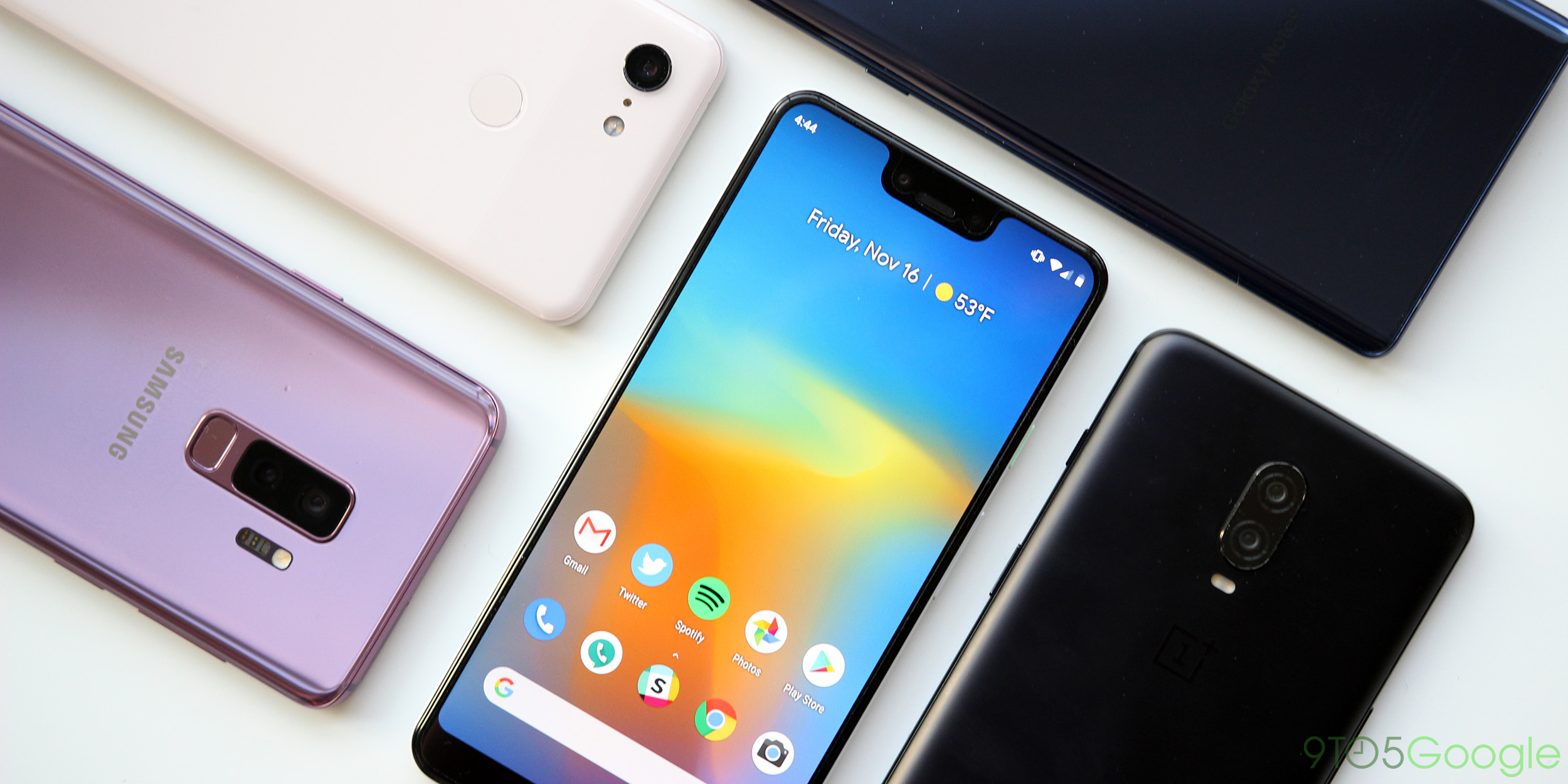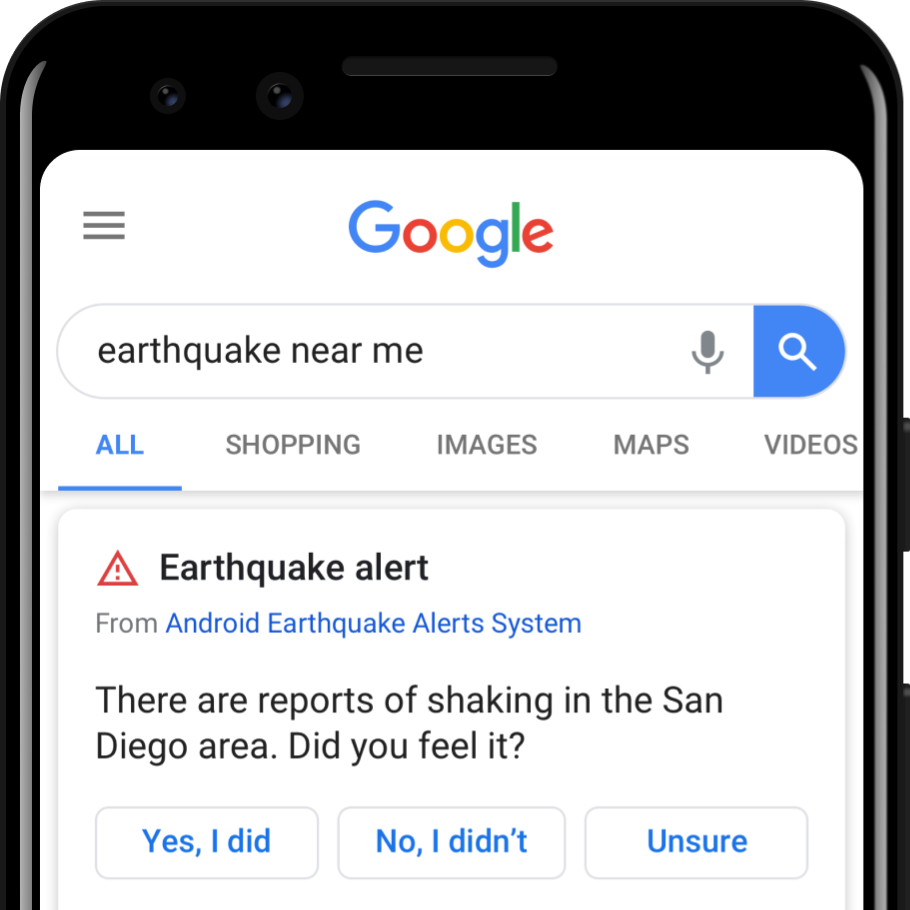
Today’s earthquake warning systems use seismometers that are often costly and time consuming to deploy. Google wants to use the reach of its mobile operating system to offer an alternative and today announced the Android Earthquake Alerts System.
There are two parts to today’s news. The first see Android devices in California receive earthquake warnings that provide a few seconds of heads-up before shaking arrives. There will be a full screen red warning indicating the estimated extent and how many miles away, such as instructions for Drop, Cover and Hold.
These earthquake notifications will be sent from the ShakeAlert system. Google worked with the United States Geological Survey (USGS) and the California Governor’s Office of Emergency Services (Cal OES) to deploy. Like Amber Alert, these alerts are enabled automatically, but users can disable them at any time.
Developed by the nation’s leading seismologists, the ShakeAlert system uses signals of more than 700 seismometers throughout the state installed by USGS, Cal OES, University of California Berkeley, California Institute of Technology, and the California Department of Water Resources .
However, setting up a ground network of seismometers is not always possible. Google wants to address this issue with the “Android Earthquake Alerts System.” It turns your phone into a mini-seismometer to form ‘the world’s largest earthquake detection network’.
Earthquakes first generate a P-wave which is then followed by the destructive S-wave. The accelerometer on smartphones today is able to detect that initial wave. If this happens, your phone will send a general location to Google’s earthquake server. This city-level data does not contain exact zip codes or street addresses.
The server then combines information from many phones to find out if an earthquake occurs. We are essentially racing the speed of light (roughly the speed at which signals from a telephone travel) against the speed of an earthquake.
The first use of this notice will not be warnings, as in California. Rather, Google will use this information to “share a quick, accurate view of the affected area on Google Search” when users search for “earthquake” or “earthquake near me.”

In the coming year, Google will issue alerts with its “phone-based earthquake detection” for other states and countries. To do this, Google location services (Settings> Location> Google location survey) must be enabled.
We have partnered with world-renowned seismology and disaster experts Dr Richard Allen, Dr Qingkai Kong and Dr Lucy Jones to develop this public approach to detecting earthquakes around the world.
Google also announced today that the Android Emergency Location Services (ELS), which sends more accurate location data when calling emergency operations, will now share your device’s set language. This helps ensure that a translator is available on the other end, with this system available on Android 4.1+ for 800 million people in 29 countries.
FTC: We use revenue earned by auto-affiliate links. More.
Check out 9to5Google on YouTube for more news: